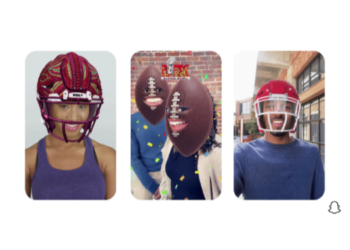Meta is taking a major step toward greater transparency in its advertising ecosystem by expanding its AI disclosure policies. The company is now labeling ads that have been created or significantly modified using its in-house generative AI tools.
These labels will appear either next to the “Sponsored” tag or within the three-dot menu, depending on the extent of AI involvement.
Meta has developed this AI labeling system after extensive collaboration with industry experts, policy stakeholders, and advertisers.
The goal is to provide users with clear information about how AI-generated content influences the ads they encounter. This move aligns with the increasing industry-wide demand for accountability in generative AI applications.
The labeling process follows a structured approach. If AI tools result in only minor modifications to an image or video, no label is applied.
However, when AI significantly alters content, Meta will include a transparency label. If a photorealistic AI-generated human is featured in an ad, the label will be prominently displayed next to the “Sponsored” tag to ensure clear visibility.
This initiative began rolling out last year and will continue throughout 2025. Looking ahead, Meta plans to extend its transparency measures to ad content created using third-party AI tools, further reinforcing its commitment to responsible AI usage in digital marketing.
By enhancing transparency, Meta aims to strengthen trust between advertisers and users while setting new industry standards for AI disclosures.
As AI continues to shape the advertising landscape, marketers should prepare for evolving regulations and consumer expectations around authenticity and disclosure.




















































